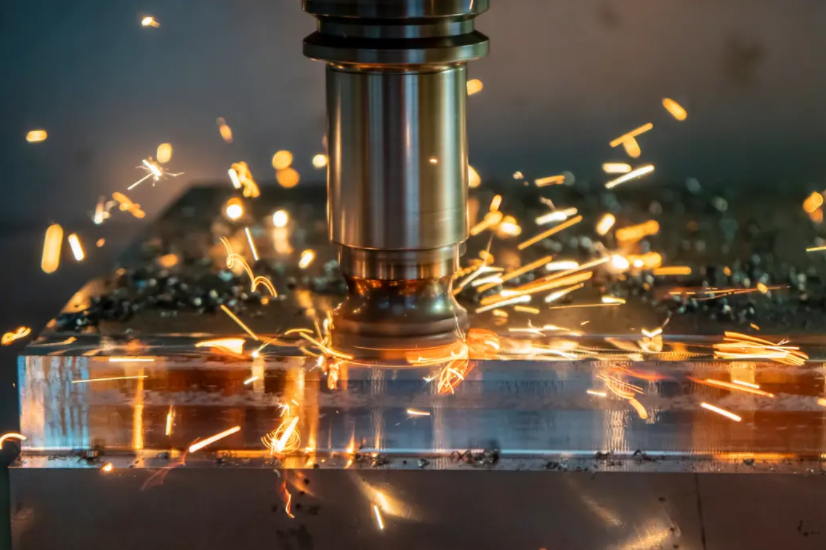Innovation has always been at the forefront of technological advancements. Every step towards progress requires meticulous planning and execution. One such important step is the creation of an aluminum prototype. Aluminum prototypes play a crucial role in various industries, enabling engineers and designers to test and refine their ideas before moving to the production stage. In this article, we will delve into the process of creating an aluminum prototype and its significance in fostering innovation.
To begin with, the creation of an aluminum prototype involves several stages, each requiring attention to detail. The first step is concept development, where engineers and designers brainstorm ideas and create initial sketches. These initial sketches serve as the foundation for the prototype. Next comes the design phase, where the sketches are transformed into digital models using computer-aided design (CAD) software. The digital models allow for easier modification and refinement, ensuring that the prototype accurately represents the desired product.
Once the design phase is complete, the next step is prototyping. This involves the selection of materials, with aluminum being a popular choice due to its many advantageous properties. Aluminum is known for its lightweight yet durable nature, making it ideal for creating prototypes that simulate the final product\’s characteristics. The process of creating an aluminum prototype typically involves CNC (Computer Numerical Control) machining, where a block of aluminum is cut and shaped using precise computer-controlled tools. This method ensures accuracy and consistency while bringing the digital design to life.
The creation of an aluminum prototype serves multiple purposes. Firstly, it allows engineers and designers to assess the functionality of their design. By physically testing the prototype, they can identify any design flaws or areas that require improvement before mass production. This iterative process helps save time and resources by eliminating potential issues in the final product.
Secondly, an aluminum prototype enables stakeholders to evaluate the aesthetic appeal of the design. This is particularly important in industries such as automotive and consumer electronics, where the visual appeal plays a significant role in attracting customers. By creating an aluminum prototype, designers can visually present their ideas and gather feedback from stakeholders, ensuring that the final product meets the desired aesthetic standards.

Furthermore, aluminum prototypes are invaluable in the field of research and development. They provide a tangible representation of new ideas, allowing researchers to conduct tests and experiments. This hands-on approach facilitates innovation by encouraging exploration and pushing the boundaries of what is possible. Aluminum prototypes also enable researchers to showcase their concepts to potential investors or collaborators, facilitating the funding and collaboration necessary for further development.
In conclusion, the creation of an aluminum prototype is a crucial step towards fostering innovation. Through meticulous planning and execution, engineers and designers are able to transform their ideas into tangible products. Aluminum, with its advantageous properties, serves as an excellent material choice for prototyping. The process allows for testing and refinement, ensuring that the final product meets functional and aesthetic requirements. Furthermore, aluminum prototypes facilitate research and development by providing a tangible representation of new ideas. By embracing the creation of aluminum prototypes, industries can continue to innovate and push the boundaries of what is possible.
-

- Magnesíum Ál steypuhlutar Keðjuhlíf fyrir bíla
-

- OEM háþrýstisteypu úr magnesíum ál ramma fyrir reiðhjól
-

- OEM die-casted parts& components
-

- Reiðhjól Freehub 12/14/16 tommu barnahjól Low Rider hjól Magnesíum ál barnahjól 3-8 ára Á lager
-

- Steypuhjól úr magnesíumblendi fyrir rafhjól
-

- Magnesíum álfelgur Thixomolding rafmagnsdeigshús

 0086-750-5616188
0086-750-5616188 +86 13392089688
+86 13392089688 sales@zhongmei-tech.com
sales@zhongmei-tech.com







